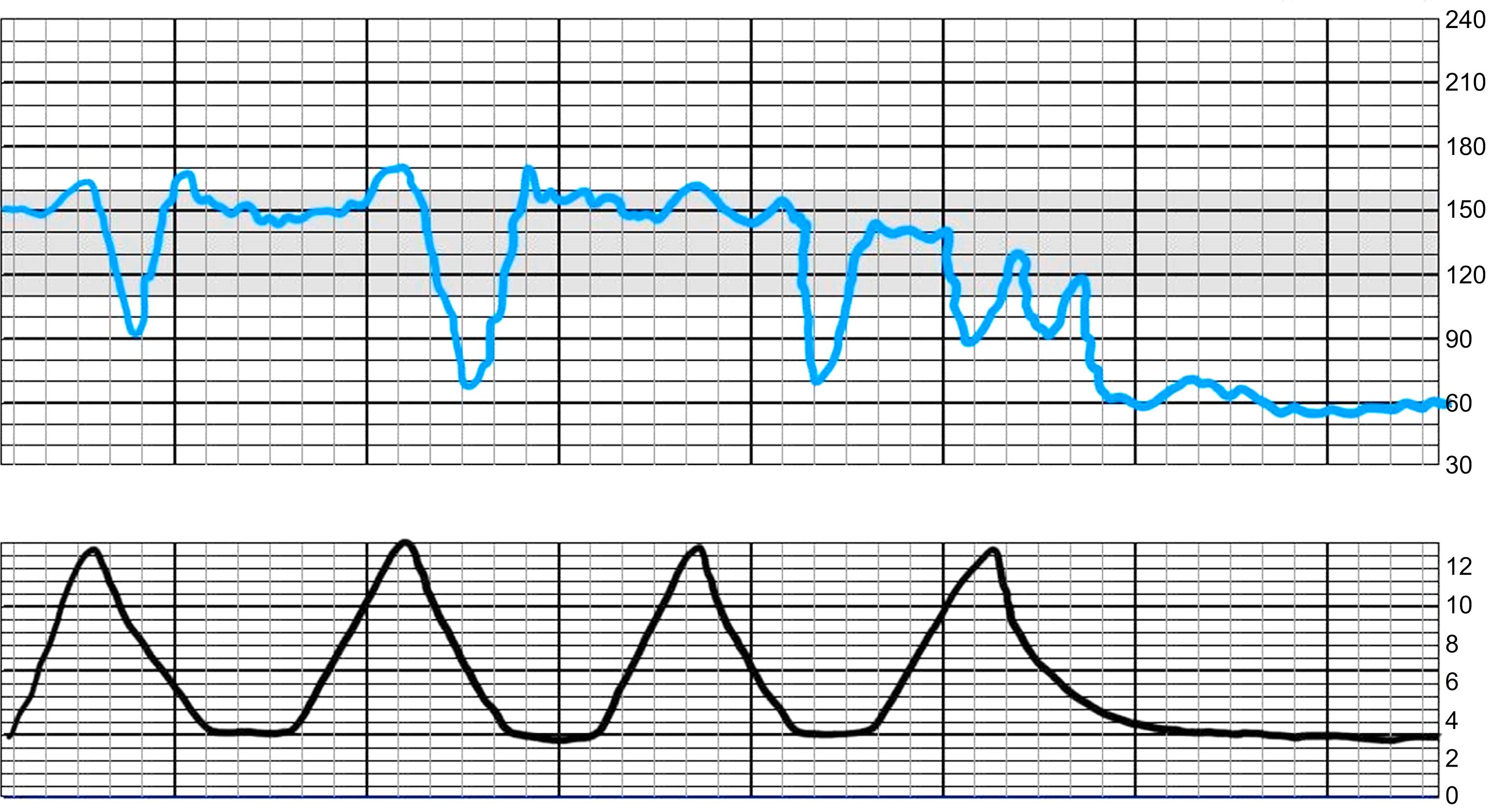Physical Address
304 North Cardinal St.
Dorchester Center, MA 02124
List risk factors for uterine rupture.
Recognize signs of uterine rupture.
Describe management of uterine rupture.
Uterine rupture, also known as uterine dehiscence, refers to the total or partial disruption of the uterine layers ( Fig. 16.1 ). It is a life-threatening emergency for both the mother and fetus. Most commonly uterine rupture occurs in the context of a “scarred uterus.” A “scarred uterus” includes one with any previous uterine surgery, including prior cesarean delivery or myomectomy, especially if the contractile portion of the uterus has been entered.
In high resource countries, uterine rupture is mainly related with trial of labor after cesarean section (TOLAC). In low resource countries, uterine rupture is associated with “obstructed labor.”
Prior uterine rupture
History of classical cesarean
Prior myometrial surgery
Exposure to uterotonics
Labor
Multiparity
Advanced maternal age
Abnormal placentation
Short interpregnancy interval
Macrosomia
A prior vaginal delivery decreases the risk of uterine rupture, either before or after a prior cesarean section.
Unfortunately, there are no accurate and clinically useful predictors of uterine rupture; consequently, a high index of suspicion is needed. Whenever TOLAC is attempted, continuous fetal monitoring is recommended.
Fetal heart rate abnormalities: This is the most common sign of uterine rupture although no specific pattern is pathognomonic of rupture. Fetal bradycardia is the most common abnormality ( Fig. 16.2 )

Sudden onset or worsening abdominal pain; regional anesthesia may mask or attenuate this symptom
Vaginal bleeding
Loss of fetal station
Hematuria
Hemodynamic changes, secondary to acute blood loss from intraperitoneal hemorrhage
Change of contractions pattern
Become a Clinical Tree membership for Full access and enjoy Unlimited articles
If you are a member. Log in here